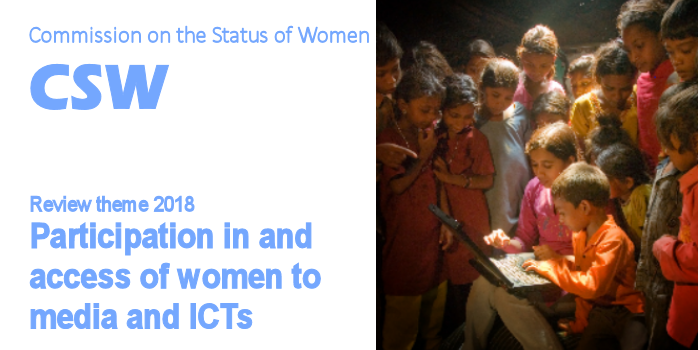
“The imperative to advance gender equality in and through the media and ICTs has been indicated since the Beijing Fourth World Conference on Women (1995) and its two Strategic Objectives:
• Strategic objective J:1. Increase the participation and access of women to expression and decision-making in and through the media and new technologies of communication.
• Strategic objective J:2. Promote a balanced and non-stereotypical portrayal of women in the media.
The 47th session of the Commission on the Status of Women in 2003 underlined the need for media and telecommunications companies to address gender-based discrimination.
More recently, the centrality of this agenda has been reaffirmed in debates and initiatives at the international level, in the contexts of the Global Alliance for Media and Gender (GAMAG); the United Nations Women Global Compact ‘Step it up for gender equality in the media’; UNESCO’s Gender Sensitive Indicators for Media, the UNESCO University Network on Gender Media and ICT, as well as by a number of advocacy and scholarly contributions to the debate.
At the same time, attainment of the Sustainable Development Goals, in particular Goal 5 – Gender Equality –, requires gender equality in and through the media and ICTs to be improved.
To what extent have these recommendations been achieved? ”